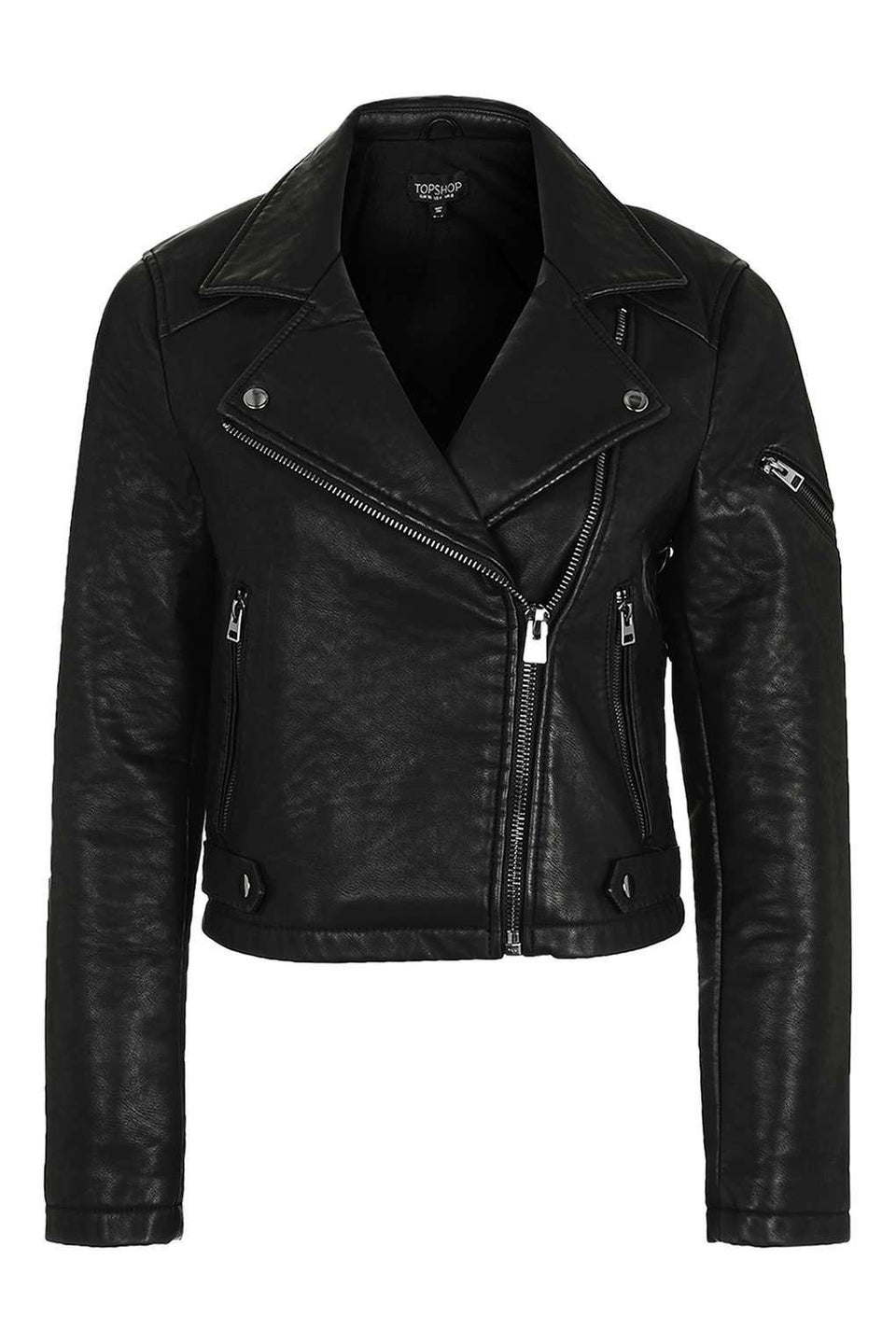As part of HuffPost’s “Reclaim” project, HuffPost Style will focus the month of September on simple ways to educate yourself on becoming a better consumer.
Do you, like us, have a bag of formerly loved clothing sitting in your closet, waiting to be donated? If so, you might want to consider something before you stop procrastinating and actually do it.
The cycle of buying fast fashion and inevitably feeling the need to get rid of it directly contributes to the jaw-dropping amount of textile waste that ends up in landfills. According to the Environmental Protection Agency, about 85 percent of America’s 15.1 million tons of textile waste was sent to landfills in 2013. So donating your clothes instead of tossing them in the trash is a good idea, right?
Yes, but there’s a catch. Amy DuFault, director of communications at Pratt Institute’s Brooklyn Fashion and Design Accelerator, has some thoughts about clothing donation that may surprise you.
DuFault says she doesn’t necessarily see clothing donation as being “bad,” explaining “it’s better than just throwing it away,” but says something that might seem like a small, helpful action of clothing donation might contribute to a broader issue with consumer culture. “Not being able to commit to giving your clothing another chance just means you are continuing to support a fast-paced cycle of consuming,” she said.
Stores like H&M offer clothing garment collecting services. They promise to take clothing donated in their stores ― H&M accepts all brands and conditions of clothing ― and use it for either resale, reuse into other products or recycle it.
But when we then take those clothes and donate them, we’re not considering the fact that some of them simply cannot be recycled. “The truth is, with most of H&M and other fast fashion brands’ clothing consisting of mixed materials, the technologies being created to recycle more than just cotton and polyester are still so new,” she said, meaning by giving them to the store, you’re basically adding one more step before the clothing ultimately gets sent to landfills anyway.
And it’s true, much of the clothing we wear is made up of a blend of materials. According to The Guardian, the challenge now is “finding a way to separate blended fibre materials so they can be recycled according to their own system. It’s this difficulty that means a T-shirt that’s 99 percent cotton and 1 percent spandex can’t be saved from landfill today.”
We’re doing our part by donating, but our part should start way before then. “You are buying into a fantasy that you have done something good. The good thing would have been at the very beginning, at the store, to have not bought the thing you didn’t really want in the first place,” DuFault said.
Of course, that notion doesn’t really get us anywhere when it comes to the clothing we have already purchased, and clothing donation is still a better option that simply discarding your clothing.
Katherine Oakes is the marketing and communication manager for Housing Works in New York City, which according to Fashionista sells “double the national average” of clothing donated in its stores. The site reports that only 20 percent of donated clothing typically ends up on shelves of your average donation center ― with the rest going abroad, to recycling facilities and landfills ― but 40 percent of items donated to Housing Works goes into its stores. Clothing not sold goes in part to a “Buy The Bag” location, where customers can pay $25 to fill up a bag.
“Throwing away a T-shirt or two might not seem like a lot, but when many people have that mindset it quickly adds up,” Oates said. “In fact, it adds up to millions of pounds of textiles being thrown away each year. But when donated, those T-shirts add up for us too, they add up to someone receiving their HIV medication, a roof over their head or primary care they might otherwise not have received.”
Alternatively, DuFault suggests also reconsidering the things you’re getting rid of.
“Ask yourself why you’re not wearing something that at one time spurred you to buy it. Often times, it’s a simple edit in the neck, length or sleeve that can easily be fixed at your local tailor.”
Plus, chances are that item is going to end up coming back in style eventually, anyway.
There are other ways to donate besides dropping a bag off at Goodwill or The Salvation Army, too. Fabscrap, a New York-based textile company, will actually come pick up old clothing from businesses and repurpose it in its textiles. Wearable Collections will come pick up your used clothing, sort it out and either shred to make “low grade fiber products” or get “shipped to emerging markets throughout the world, where it provides access to affordable and stylish fashion.”
